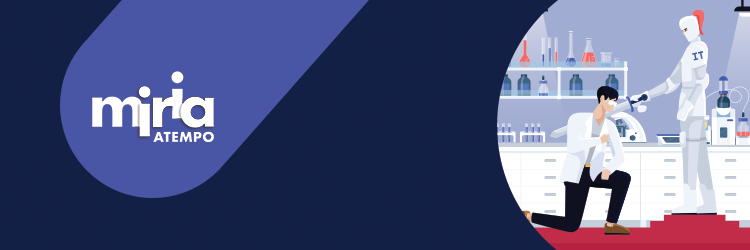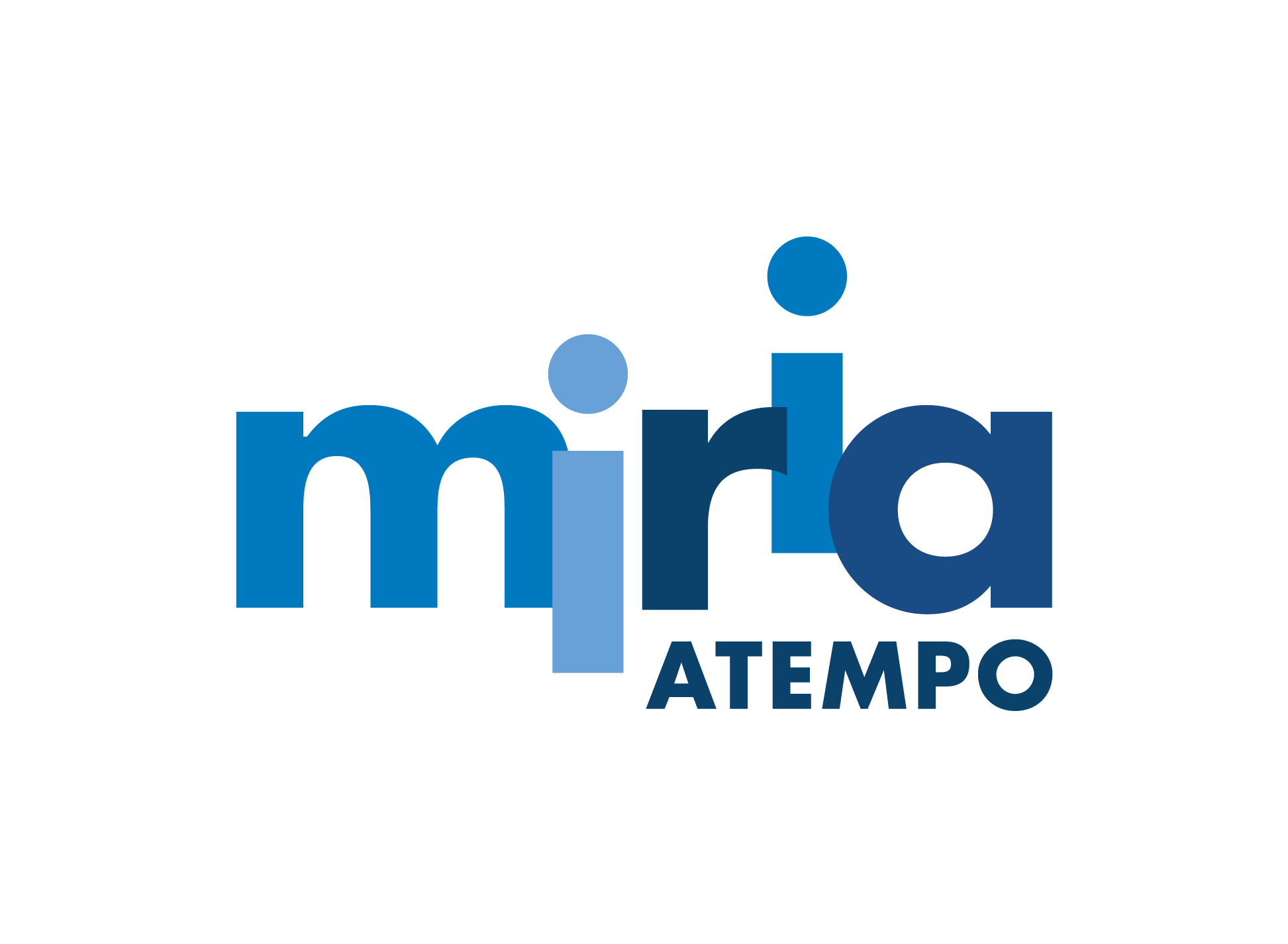
We met with Ferhat Kaddour, VP Sales & Alliances and Louis Laszlo, VP Product Management at Atempo a few days ago, just prior to heading out to Dallas to attend the SC2022 show (Supercomputing) with the Atempo team. Here’s what they had to say about Miria HPC use cases this year.
So, Ferhat, what is the most requested HPC usage for Miria this year?
Without a doubt, it’s all about empowering scientists and HPC users with on-demand data movement solutions. That means IT teams giving their customers end users control over their data storage and movement by leveraging Miria’s Web interface and REST APIs. They are creating self-service portals or apps to lighten their workload and reduce internal or external customer waiting times.
We have identified four causes that drive IT teams to build this type of solution:
- Change in HPC usage: This is a consequence of the increasingly frequent use of Artificial Intelligence (AI) and Machine Learning (ML) by scientists and researchers. They increasingly manipulate the same data from one session to the next and, they need to store it and re-access it for further analysis or processing. Also, there is more ongoing collaboration between groups of scientists, and not just in the same organization, they share data and have external parties enriching their data assets.
- “Price of success”: As HPC uses have matured, IT is getting a higher rate of demands for moving this or needing this.
- Higher management complexity: Evolving HPC usage has broadened the scope of users’ requests such as, additional languages and tools. While at the same time, the compute nodes themselves are more heterogeneous with the arrival of new DPUs/GPUs.
- Lack of IT reinforcement: This year most HPC IT teams had to manage a broader perimeter compared to previous years and had budget constraints with no or very few new hires.
Louis, could you explain what IT teams gain from having Miria as their self-service data movement tool?
Absolutely. Here are three stand-out benefits for the IT team themselves:
- Benefit One Consolidating the archiving, copy and tools. This is an opportunity to implement best practices transparently. Replacing free tools with Miria, (a more powerful and more reliable solution), allows IT teams to streamline data transfers, enforce data retention and the number of copies in archiving and secure their IT environment. Reducing the number of tools used to move data means less documentation and fewer processes to maintain for the IT team.
- Benefit two Easy of Use: Miria’s Web interface is very simple to learn, use and document. It is basically a split screen where you can browse your source storage platforms on the left and your storage or archive targets on the right. Moving or archiving data is simply a data drag and drop from left to right. The simpler it is, the fewer the tickets for the IT team.
Benefit three Making archives more accessible to users. Archiving is performed more frequently which helps IT reduce the energy footprint of the HPC data center and support the move to reduce unnecessary computes.
So yes, self-service data movement is one of the strongest needs for today’s evolving HPC data centers. Whenever we have the chance to showcase Miria’s web interface and explain the benefits to HPC center IT teams, they instantly see the value.


